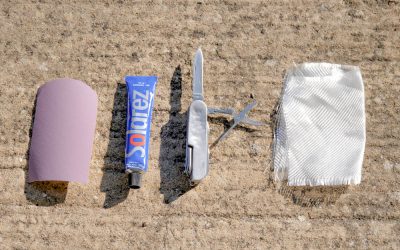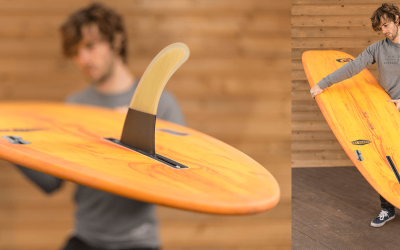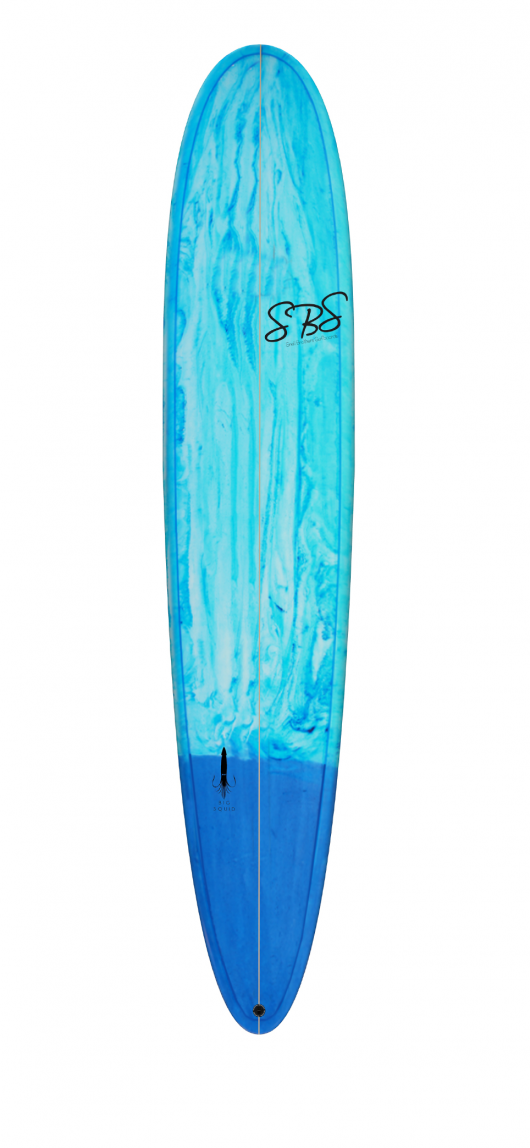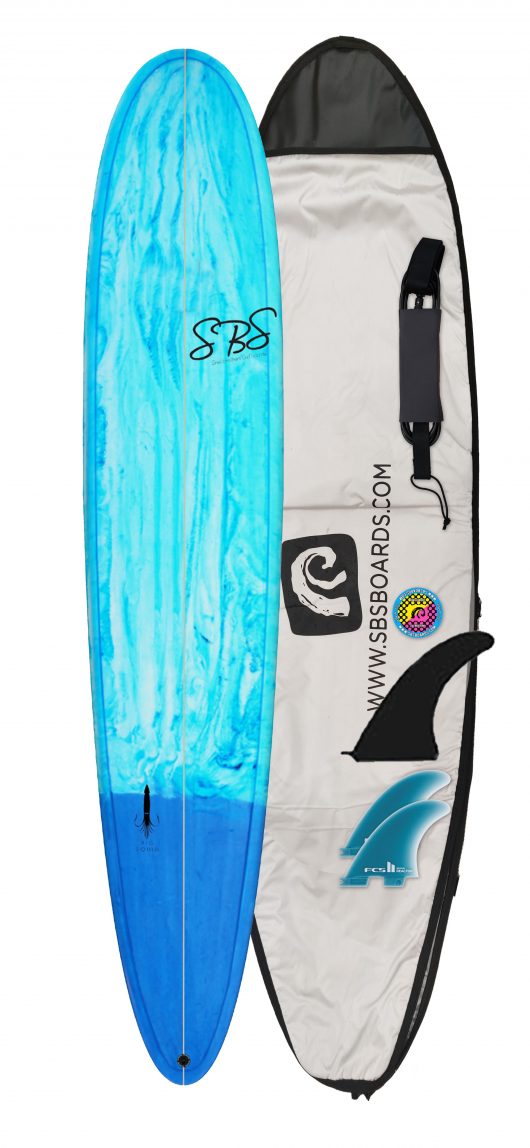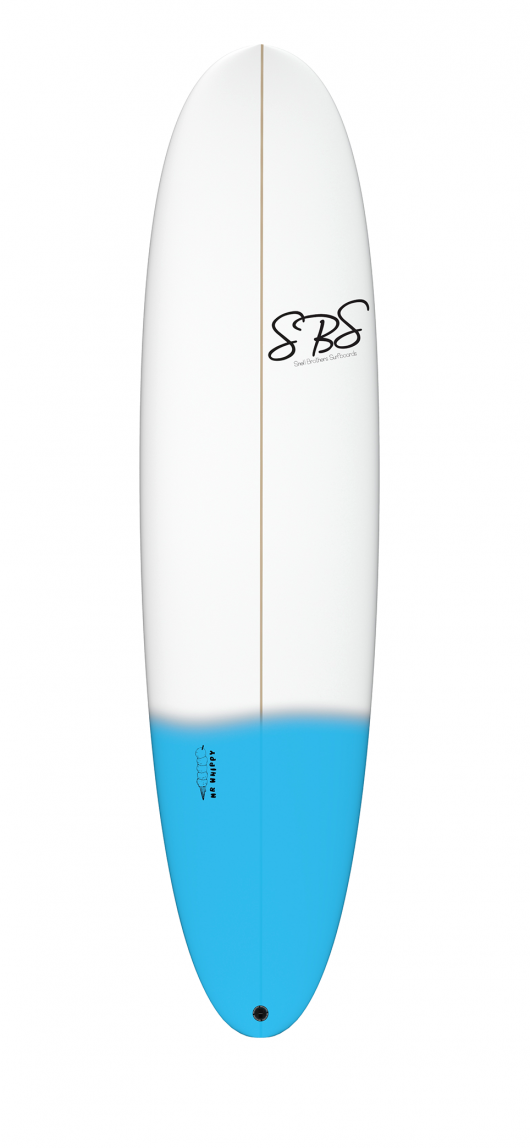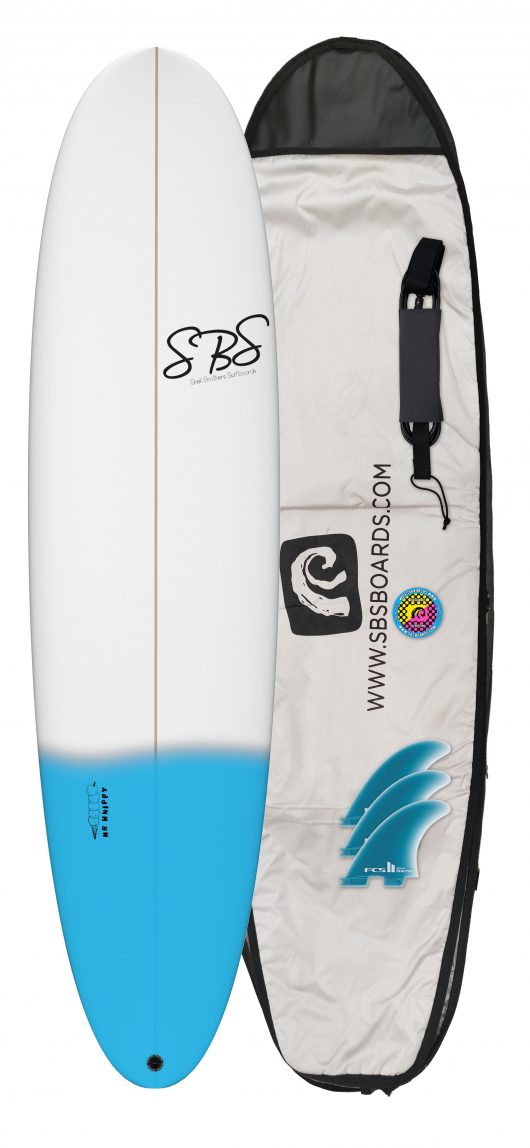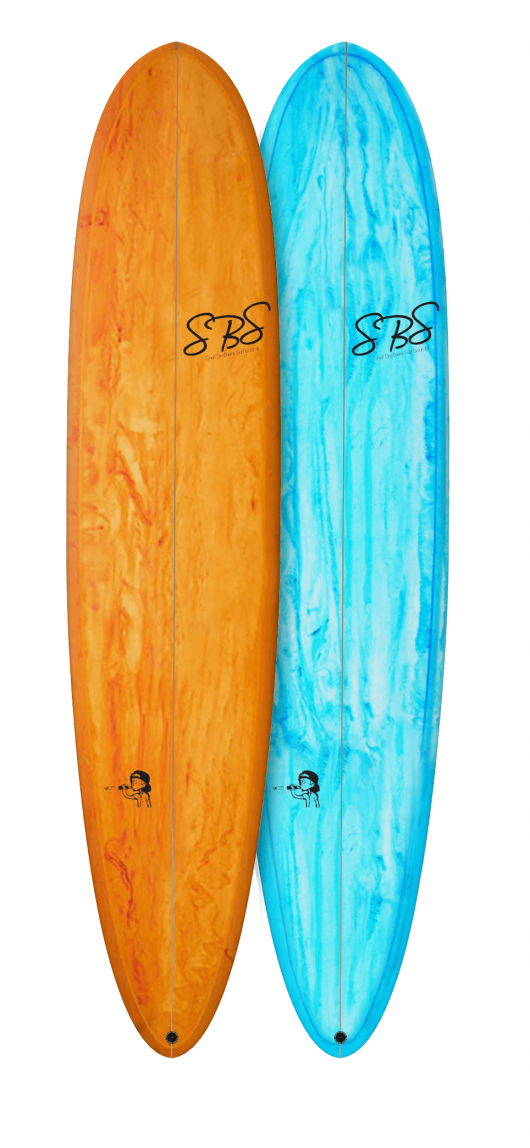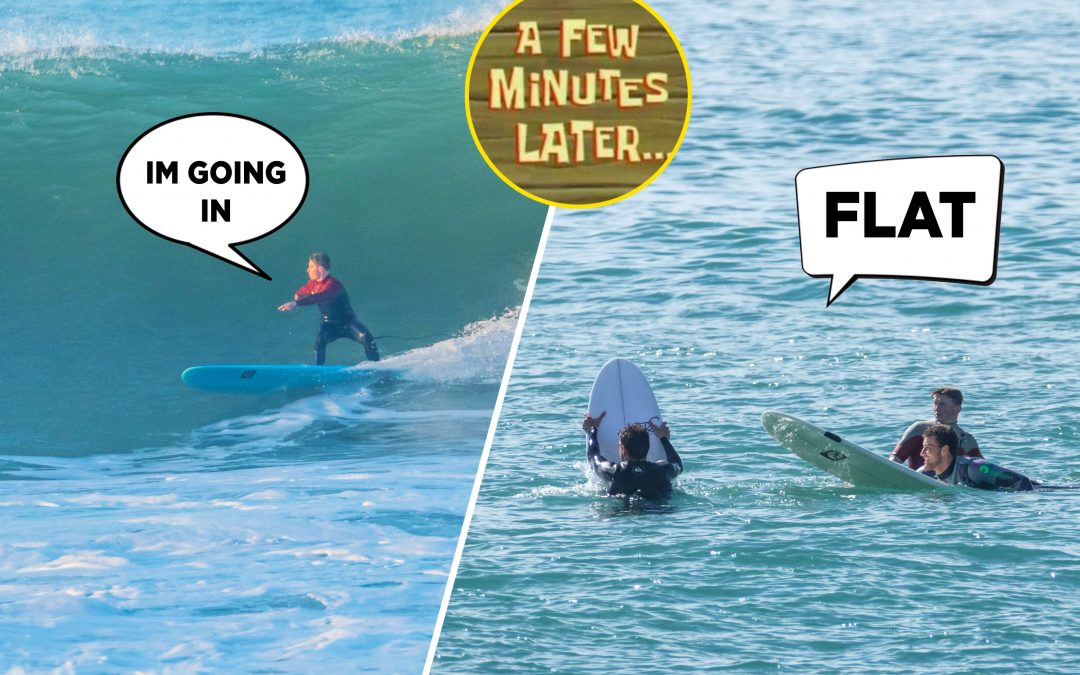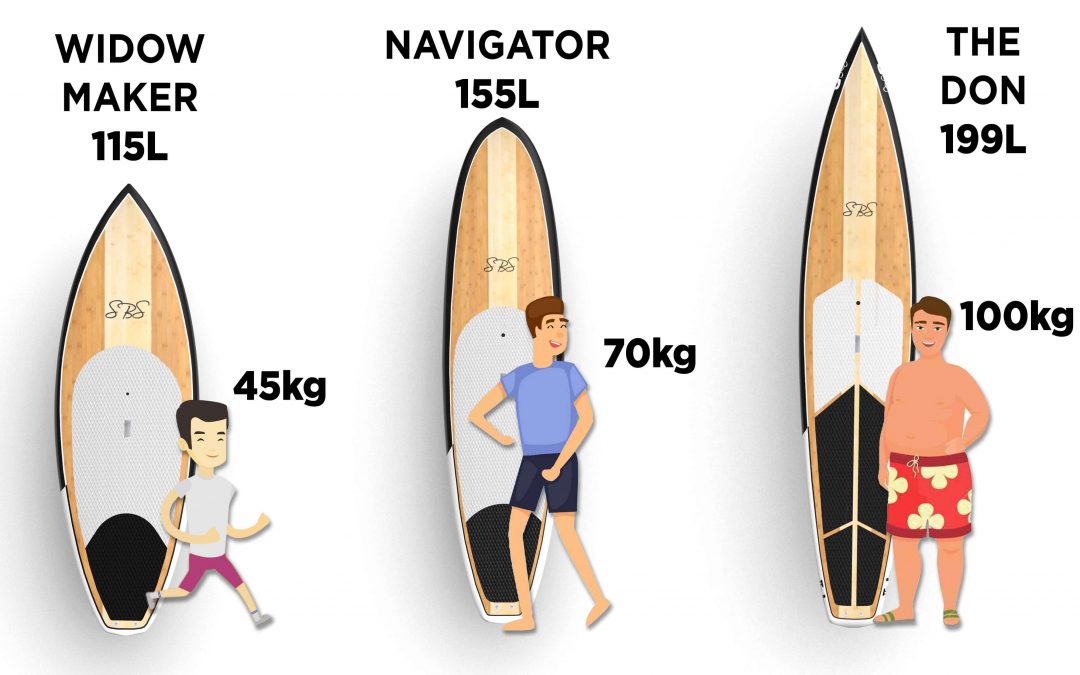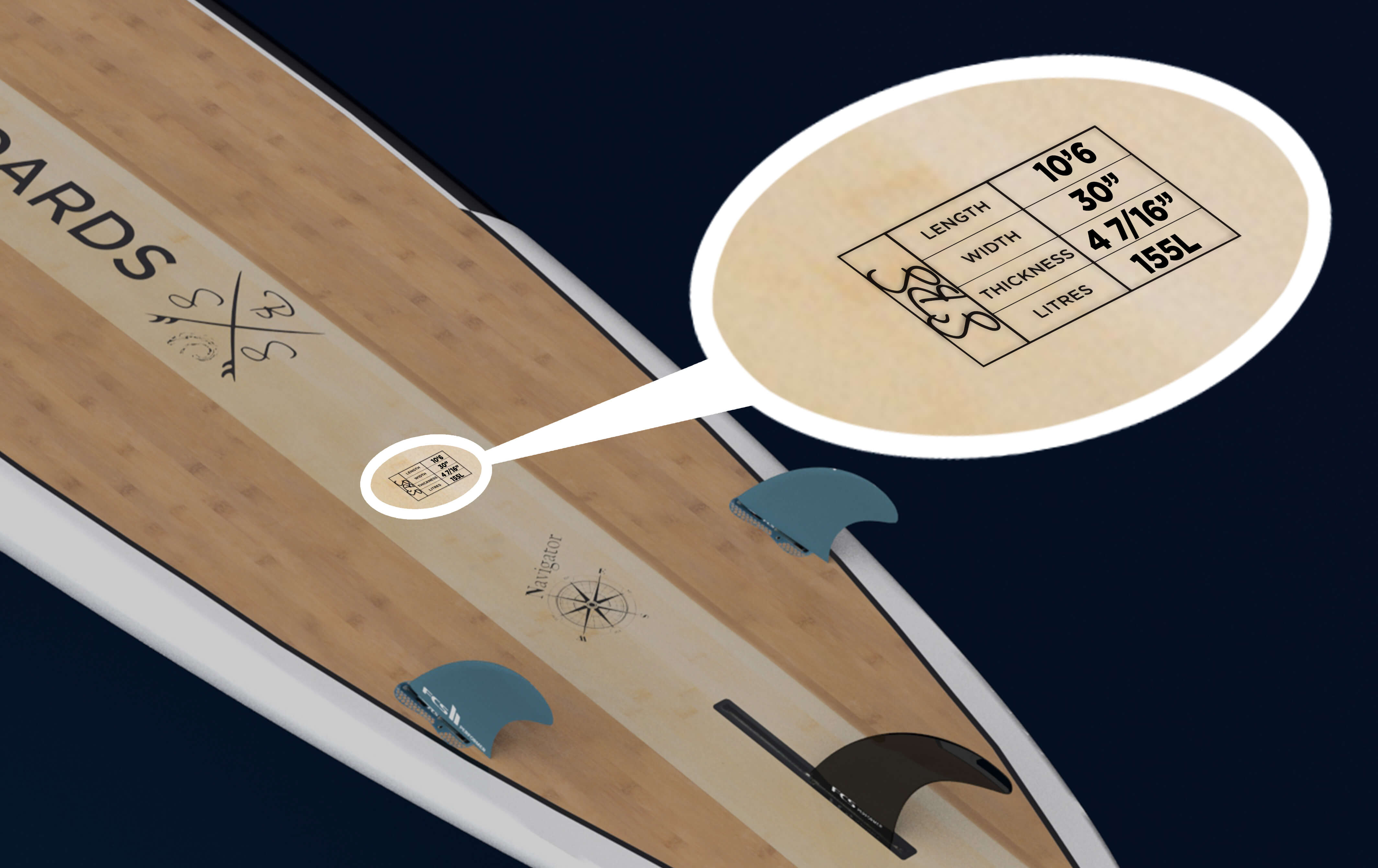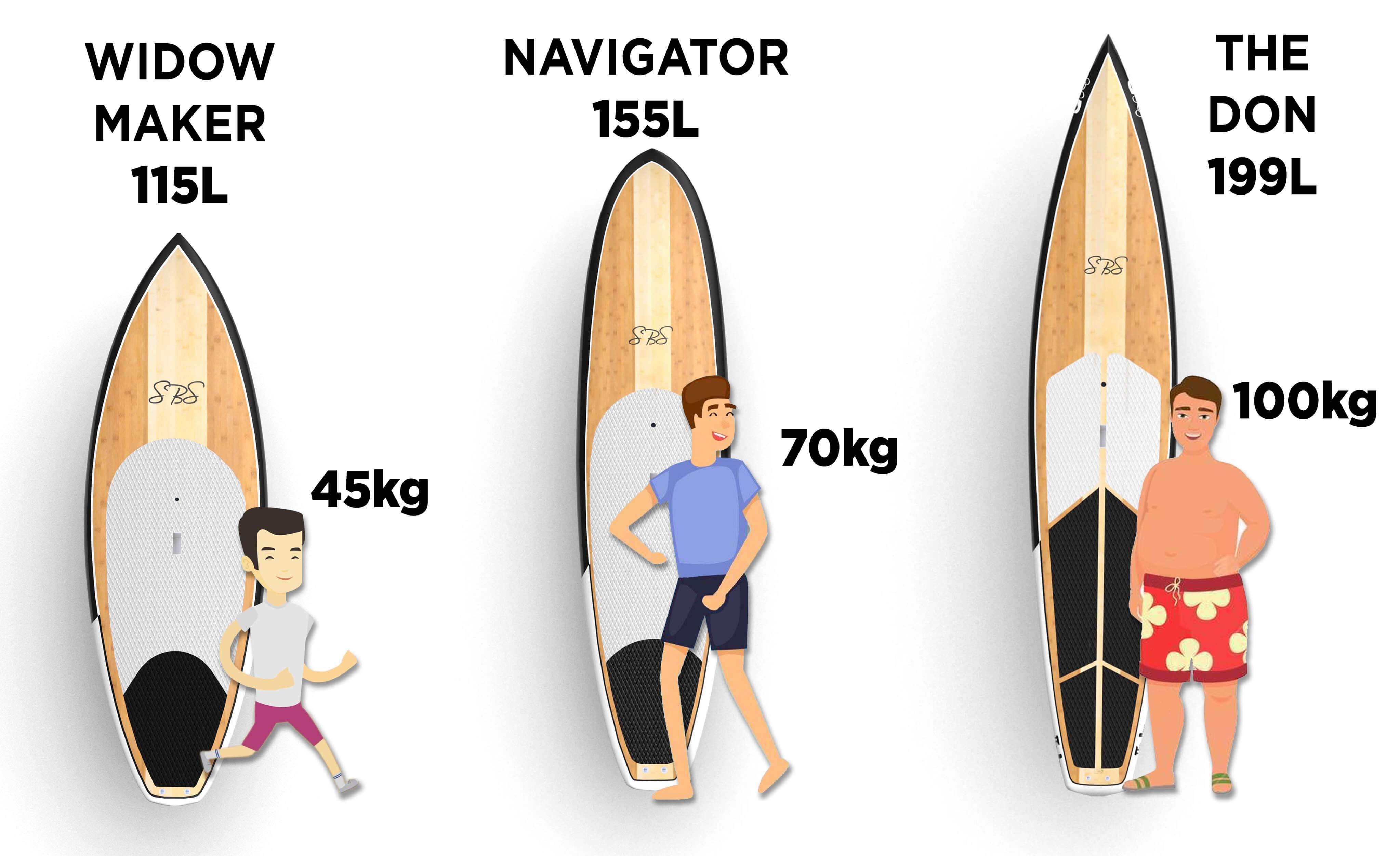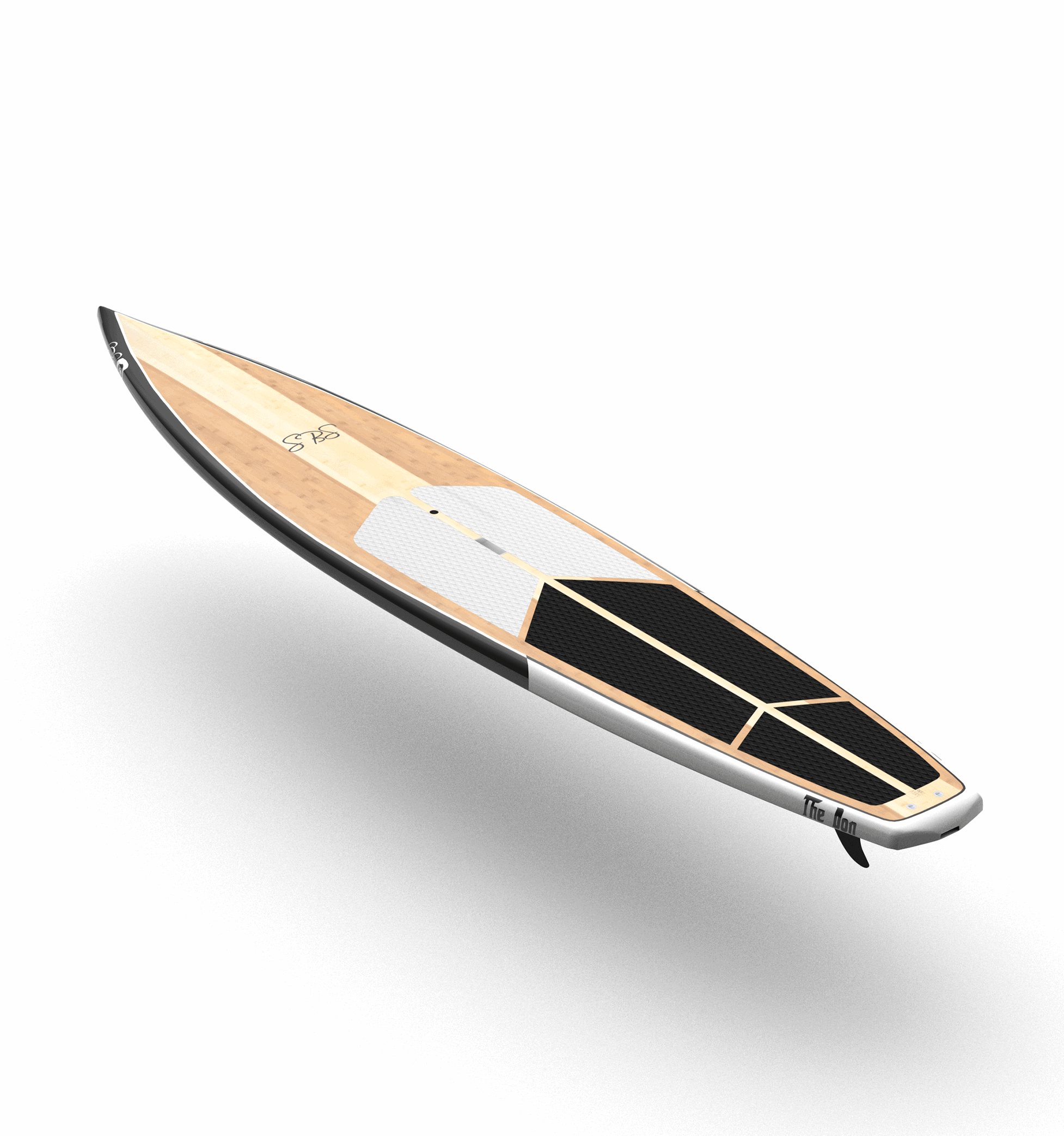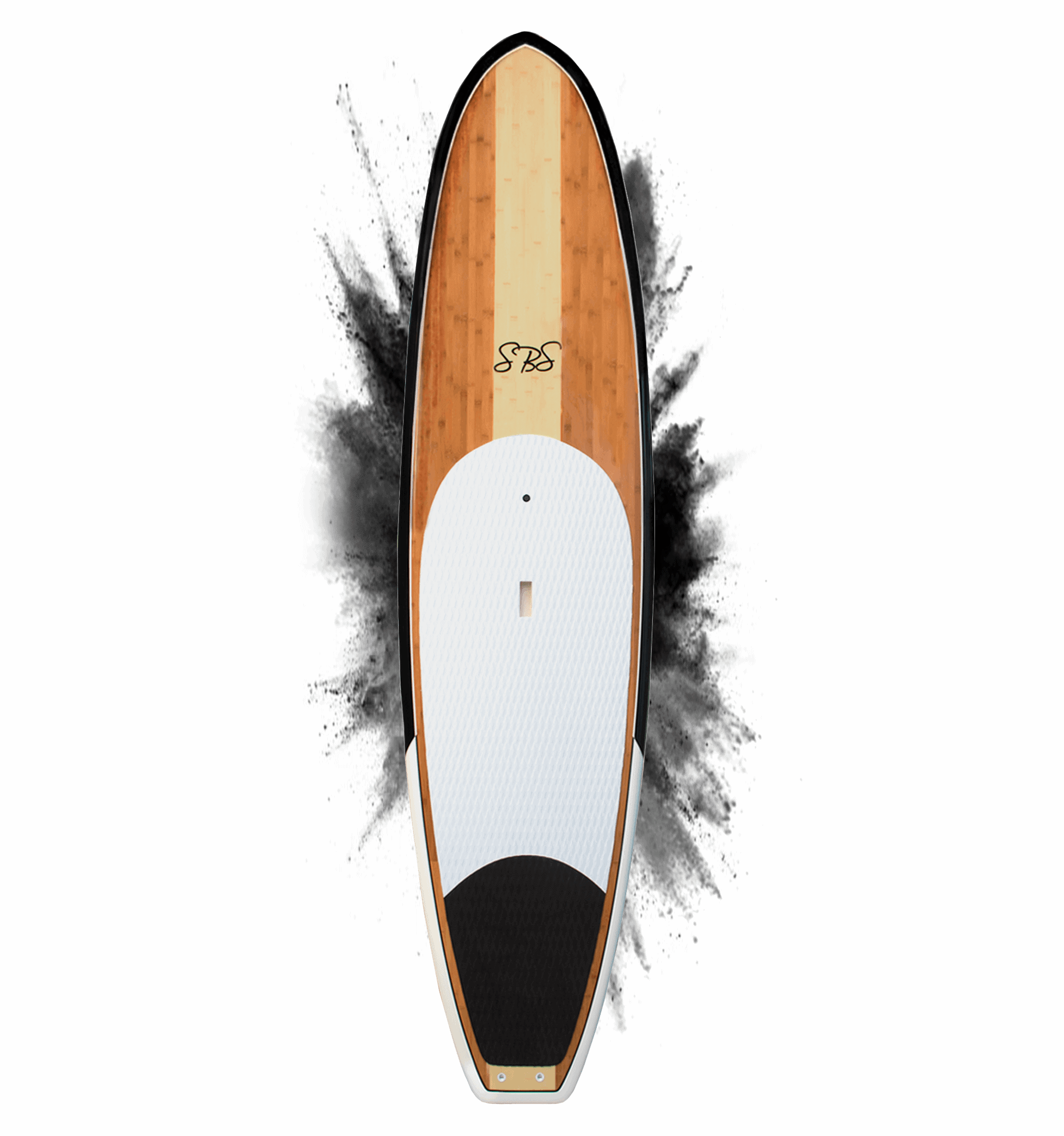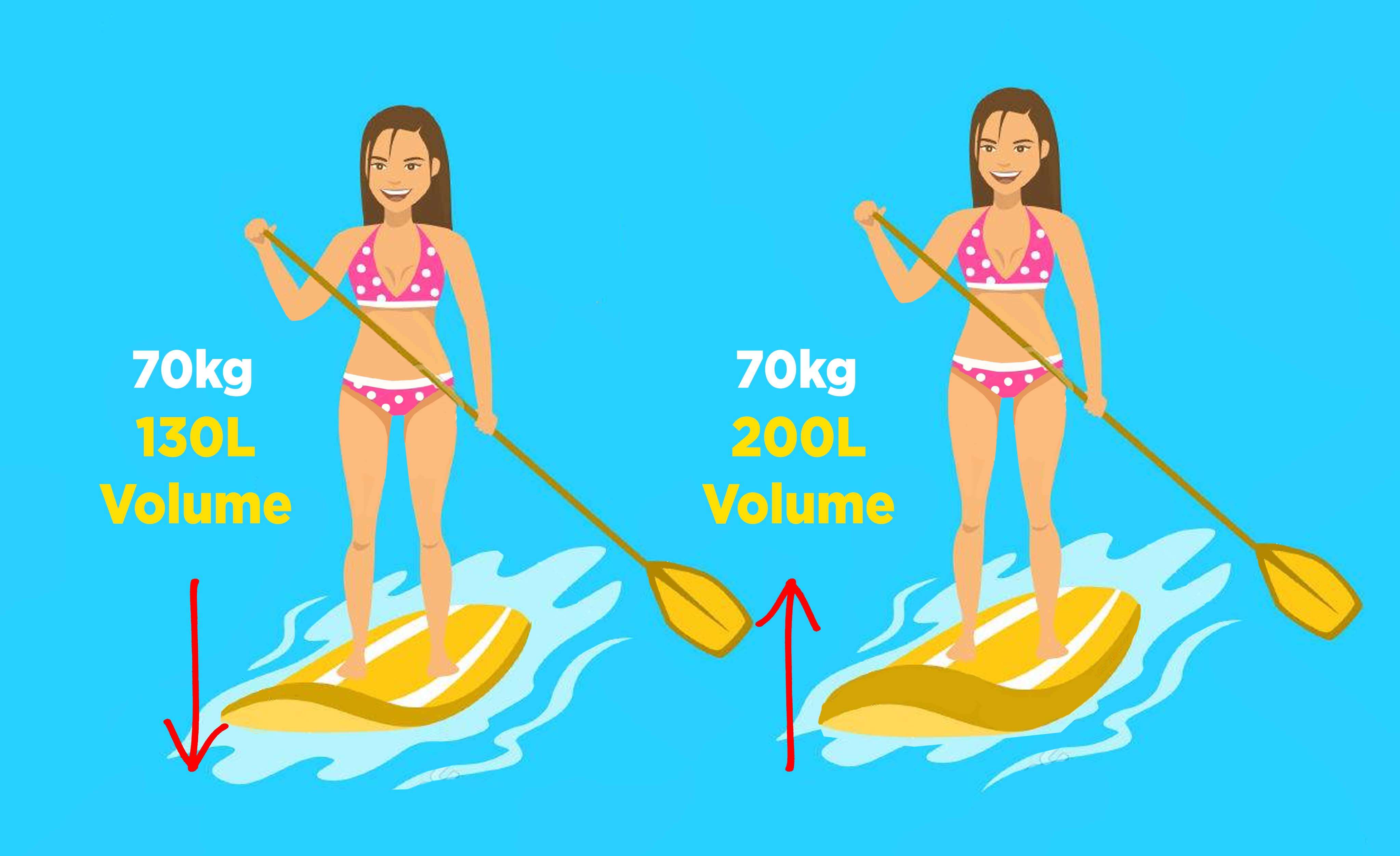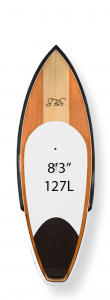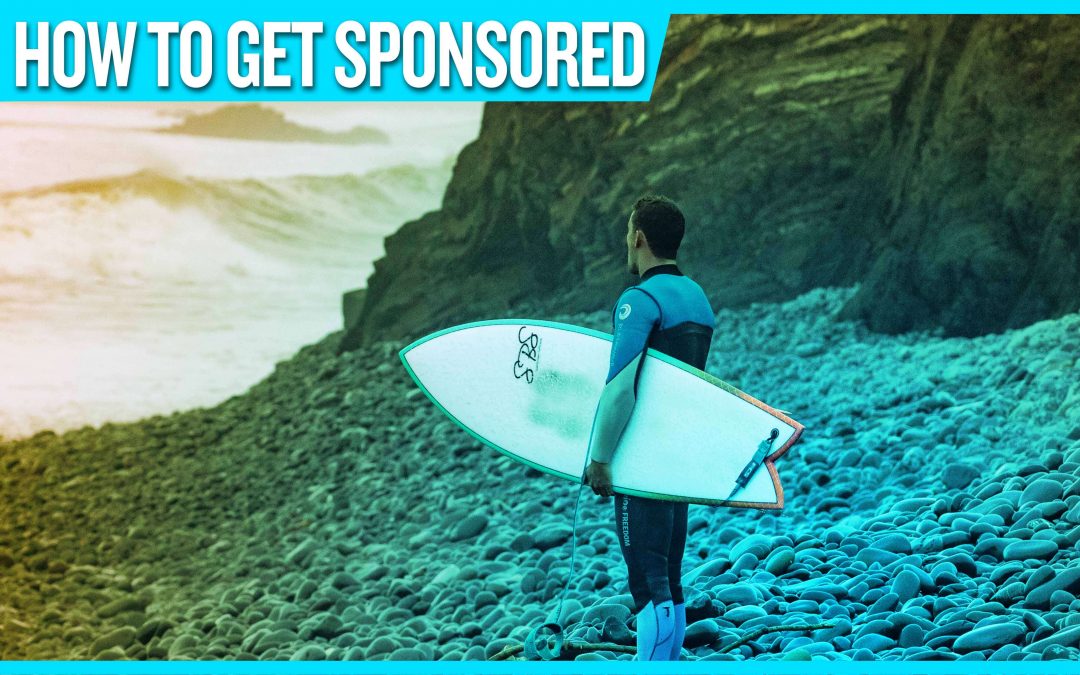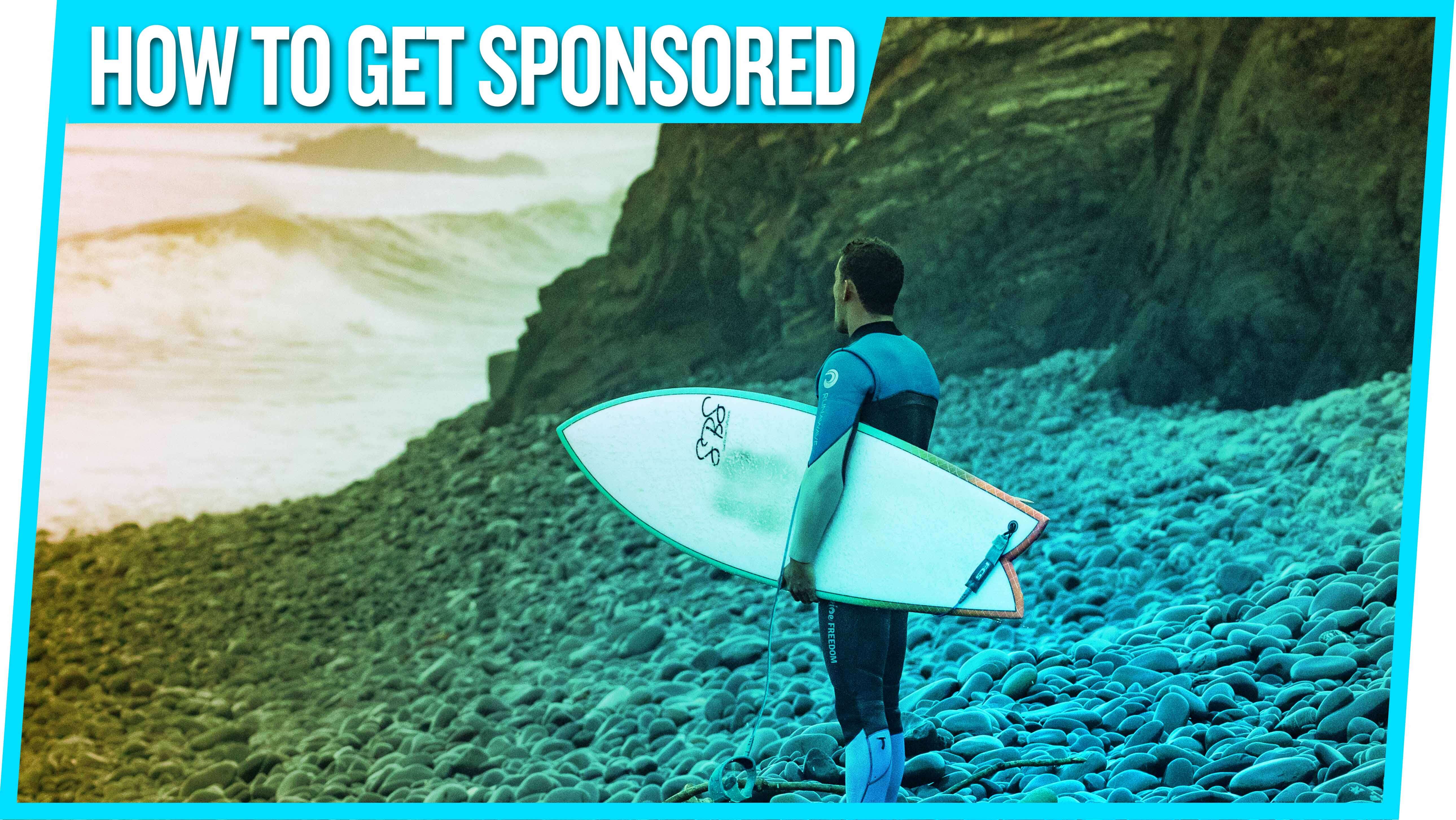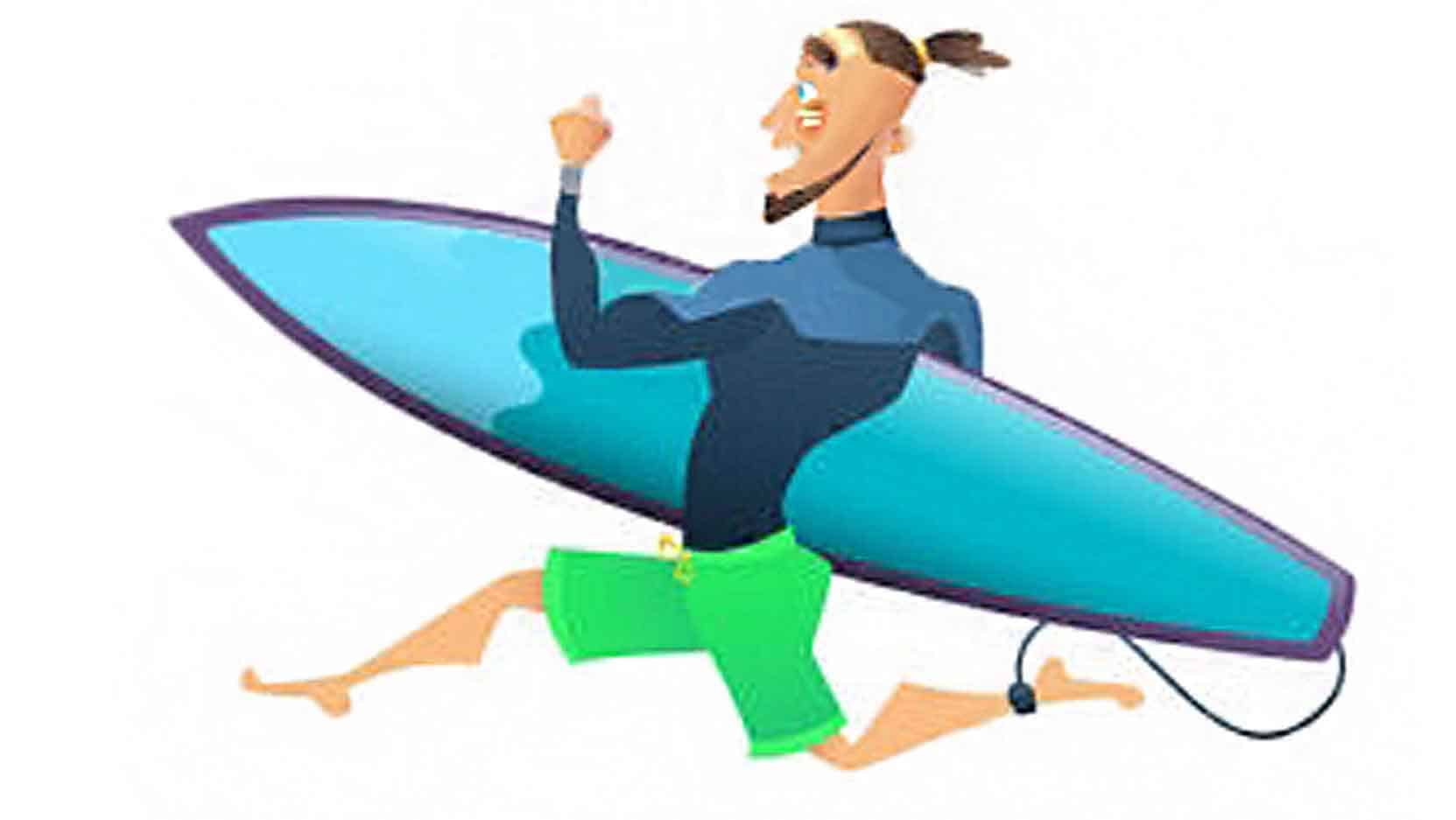The Wipeout that Nearly killed Kelly Slater >>>> Yes, even the surf gods like Kelly Slater can have a close call from time to time, the 11-time world champion Professional surfer Kelly Slater talks about his experience with the wave in France that almost...
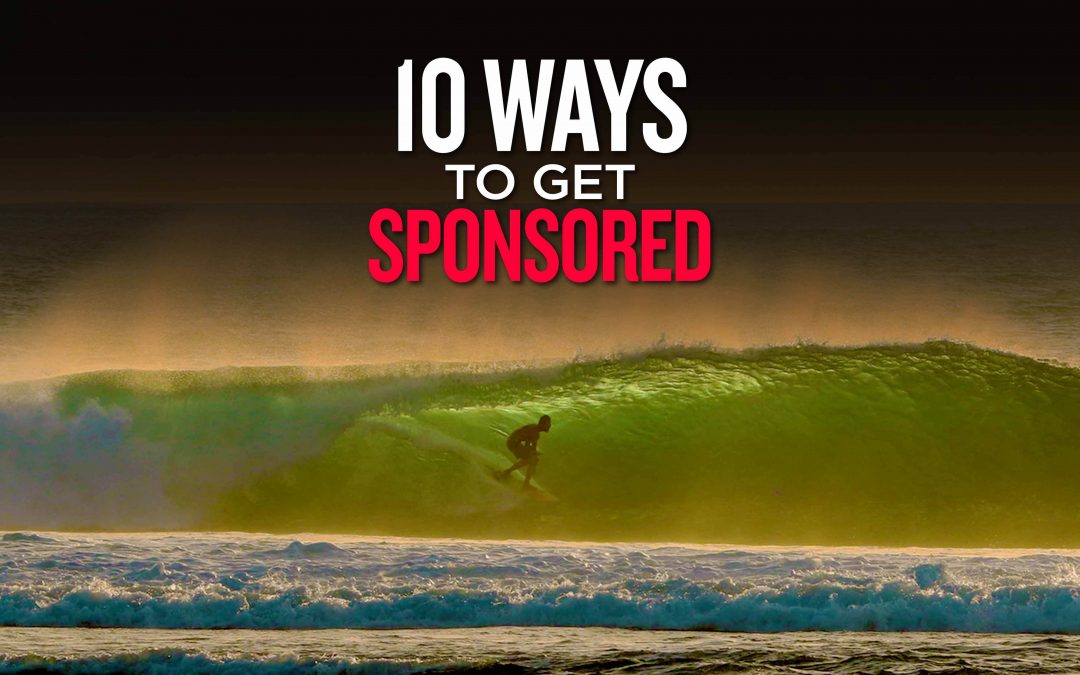
10 Ways To Get Sponsored In Surfing
10 Ways To Get Sponsored In Surfing
Have you ever wanted to become a sponsored surfer? If you’re reading this then it’s safe to say it’s probably crossed your mind. When you see your favourite pro surfers living the dream, surfing all over the world at exotic locations, with perfect waves, making a whole load of money and it looks like they’re having a blast…? You’re probably right!
However it’s not all big deals and idyllic locations, remember these guys are at the top and unless you’re in the top 1000 surfers in the world, your experience of sponsorship might be slightly different. Not to worry though, as we have a way to get you there if you have ever wanted to get sponsored.
Just follow our 10 ways to get sponsored guide and you will massively increase your chances of getting sponsored, we guarantee it!
10 Ways To Get Sponsored In Surfing
1) Start Small
This is the best advice we can give as a company who has a team of sponsored surfers. We can assure you starting small and building up over time is a great way to begin, don’t get too carried away with dreaming of what being sponsored will be like, the surfing industry isn’t what it used to be and there are a lot of good surfers out there making it more competitive than ever! Believe me, we receive masses of messages each week, from varying people wanting to get sponsored in some way. So start small and build over time, you’ll appreciate the grind so much more!
When approaching a potential sponsor, try not to ask for the world and then some. The likelihood of you getting a full quiver of boards, for free, is very slim, just because you asked. Companies that sponsor are investing money in you, so you have to be able to give them something back if they give you a £500 surfboard or more! What could you do that is worth that investment?
Start small, maybe ask if could you have a discount on boards, wetsuits, equipment or some clothing like t-shirts that represent their brand. As soon as they see you working hard for them, they will be more likely to return the favour by promoting you and want to support you more.
Remember the smaller surf companies and shops are a great place to start, though they aren’t going to have the excess money, or budget to take you on an all-expenses paid, video trips to place like Hawaii, or Bali and may not be able to give you a monthly paycheck; but if you start local, or look online at small companies they are usually more than happy to give people a try, especially if you are young and eager to learn! If you show you’re working hard, networking and updating your social media often, it’s going to be a whole lot easier to get sponsored in today’s current climate.
- Go local and speak to surf shops about repping their brand.
- Tell companies why they should invest money into you, what can you do for them?
- Ask for small things first (stickers, t-shirts, Hat) then promote and build up from there.
- Lower your expectations and be realistic
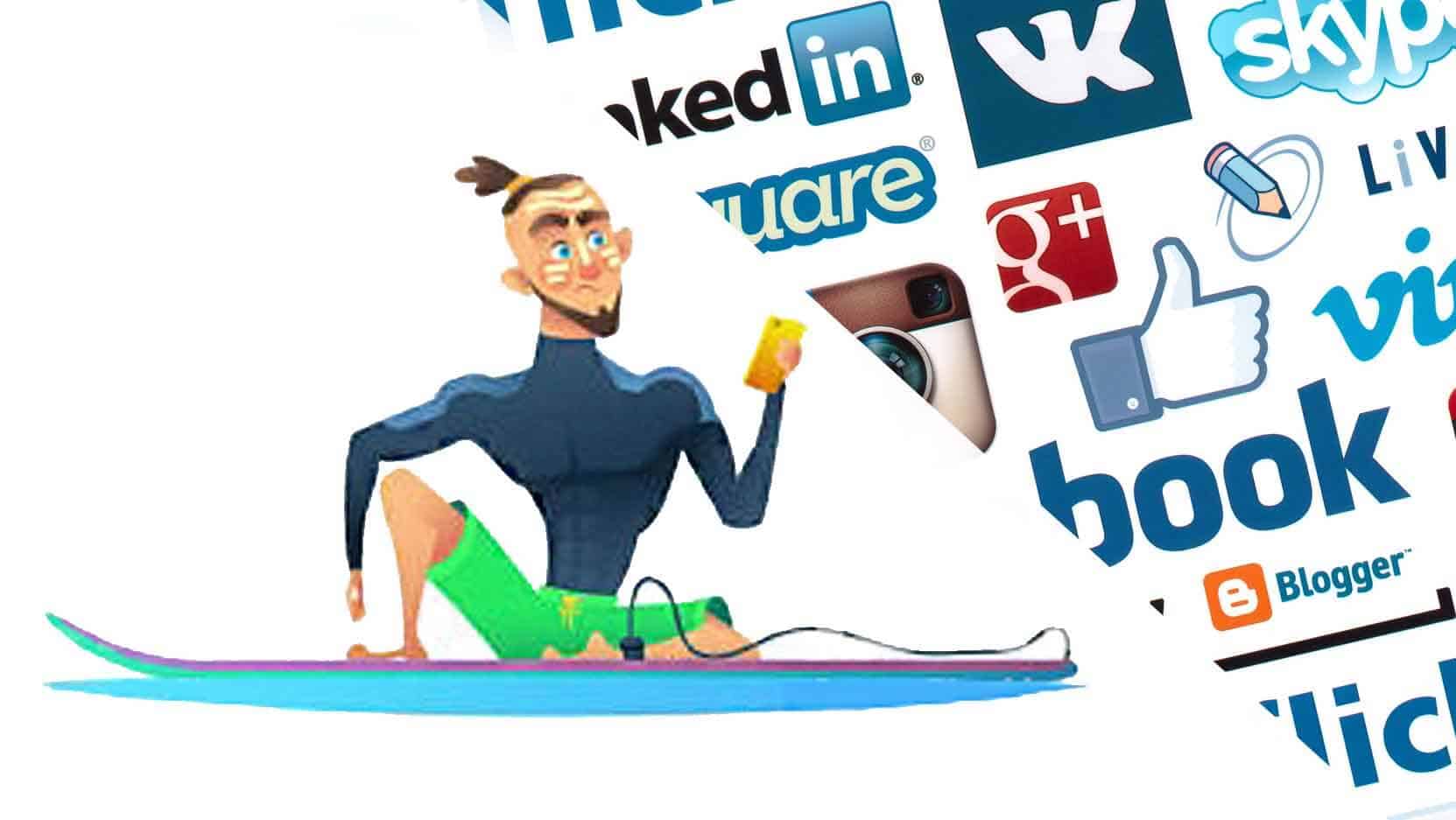
2) Surf Plenty
It’s very simple and pretty obvious, but surfing a lot means, not only are you going to get better quicker, but it also means that you will have more time in the water interacting with other surfers. If you’re using a company’s surfboard, even better, as people will see you riding that board, meaning more exposure for the company and if you’re really good at surfing, people will want to know what kind of equipment your on.
Surfing a lot also means you’re more likely to get noticed by local businesses if you’re at comps, around surf shops and generally just being in a surf environment could put you in touch with the right people. So surf as much as you can! If you’re surfing once every 2 weeks, that isn’t probably going to be enough to help you get sponsored.
- Surf as much as you can – A few times a week or more, to help you improve.
- Train for surfing – If you’re in good shape and eat well you can surf longer and harder.
- Learn everything you can about surfing and being a surfer.
- Hang round surfers, surf shops, business owners, contest organisers and get to know them.
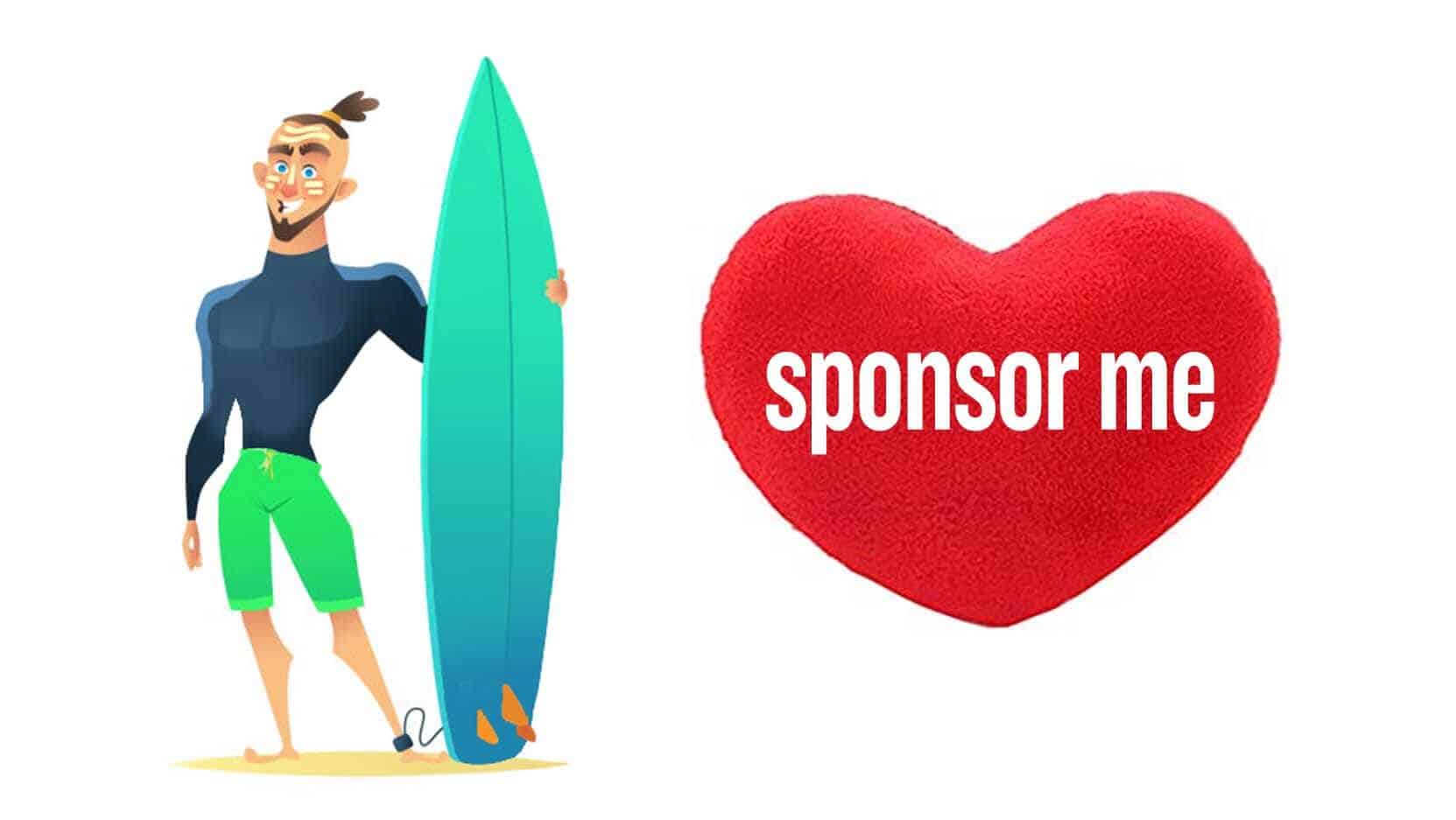
3) Get Photos Of You Surfing
Another simple one, but so many young surfers looking for sponsorship don’t do this enough. The surf world is an image-driven industry, with surfers leading the charge at selling the lifestyle and the sport.
A lot of people chose to define themselves a surfer, or buy into surf ideology and imagery is a massive part of that. If you open up any surf magazine you will see images of epic barrels, tanned, lean surfers with 6 packs, or beautiful surf girls in bikinis, paddling out into the lineup, at tropical locations that you could only dream of surfing. Having pictures of you surfing on your social media will help companies find you, see your skill, decide if they want to sponsor and put work into promoting you.
Taking pictures of your surf session is a great way to stay current, show sponsors you like to create content, advertise and promote and ultimately, that’s what they want to see. If you’re already doing that it makes it a lot easier for them to justify sponsoring you.
- Take a whole lot of pictures – more pictures taken, means more chances of capturing an awesome shot to post.
- Post them out on social media – share with your friends and following, you never know who may come across them.
- Send pictures to potential sponsors of you surfing via email or Instagram – If you’re going to ask about sponsorship, it’s a great way to get your foot in the door.
4) Make Surf Videos
Just like taking pictures, if you want to get sponsored, companies and surf shops will want proof of your ability. Having a whole catalogue of videos on your youtube channel will massively boost your odds of getting sponsored. If you don’t have a camera see if you can borrow a friend’s, or ask for one for your next birthday, it doesn’t need to be the most expensive for decent quality footage to get you started.
Get some varying footage and angles over a few sessions, or just post out good clips from your surf, download an editing app, add some music in and BOOM! You are your own media editing team. You can get free editing software/apps online these days, so it doesn’t need to be expensive and it really is a must for any young hopeful. If you look at the pros like Julian Wilson, John John Florence they either hire someone or have friends and family members to video almost every surf session for their social media channels.
- Video as many session as possible – Take turns with friends or get family members to film your surf session.
- Learn to edit videos or find a friend who can – Some aspiring videographers may even work with you to show their skills in collaboration with you.
- Post out compelling videos of you surfing.
- Start a youtube channel and update it regularly – At the very least once a month, but ideally aim for once a week or more.
5) Compete In Surf Competitions
This is not a staple of being sponsored and not always necessary, although it is a great way to stand out from other surfers and get you exposure to local surf business and organisers. Competing has always been a great way for surfers help companies highlight their products and promote their product in a good light, for instance; if a surfer wins a local competition and is riding a particular brand of board or wetsuit, it will attract a lot of attention and media coverage.
Competition is also great for surfers who are not yet sponsored, to gain some exposure and showcase their skills, competitions can attract talent scouts and surf businesses who might be interested in offering you some kind of sponsorship.
- Compete in surf competitions – Start local and small.
- If you don’t compete go spectate – Speak to companies and surfers about how they got sponsored, or what it takes.
- Give competitions a go – even if you don’t place, the experience is incredibly valuable.
6) Message Potential Sponsors
Putting yourself out there can be hard and getting negative feedback, a lot of ‘no’s’ or no response at all can be tough. But if you don’t try, you will never know. If you’re waiting for a potential sponsor to scout you out, on Instagram, or discover you at your latest competition you might be waiting a while. Being proactive and talking to companies about what you can do for them, in exchange for a discount is a great way to start to get traction on your first sponsorship deal. Starting off with an email is great, or messaging on social media channels such as; Facebook, Twitter and definitely, Instagram will really help give you more of a chance at getting sponsored. Try to avoid generic, ‘cookie cutter’ messages, take a little extra time to personalise each email/message to the brand so you actually seem interested in them and invested in their brand.
What sponsors want to know
- Your name
- Age
- Information about yourself. “what you do, where you live, what your like, other hobbies”
- Boards you ride
- Reasons they should sponsor you – ‘Thinking about learning to surf’ isn’t a great reason, learn first, ask for sponsorship second.
- How you can help the company (advertise, promote, create content etc.)
- Reasons you want to be part of their company – ‘Because I love surfing’ won’t quite cut it and if you know nothing about the company do some research, it will make you look great!
- Attach pictures of you surfing – the more the better.
- Add links to videos of you surfing from youtube – Showcase your talent and skill.
If you start the conversation off talking about all of these things, you are far more likely to get sponsored, rather than writing “Hey, I’m thinking about learning to surf, can you sponsor me?”
7) Treat It As A Job
Sponsorship in surfing doesn’t have to be a job, but you should treat it as one. Something you have to do if you’re trying to make your way in the surf world in exchange for discounted or free products, boards, wetsuits, surf trips and even paychecks.. you are going to have to do some work, if you don’t the company will be likely to look at stopping the financial support they give you.
If you get discounted equipment, free surfboards, clothing or wetsuits try and help in any that you can, take photos, videos, create content and promote the company positively.
- Try to do something your sponsors will appreciate each week – remember the harder you work the more likely you are to be rewarded.
- Promote on social media – tag brands and talk about their products, if you have a discount code, share it!
- Video product reviews – People are more likely to watch a video than read long, written reviews
- Post photos using the products; surfboards, wetsuits, clothing etc.
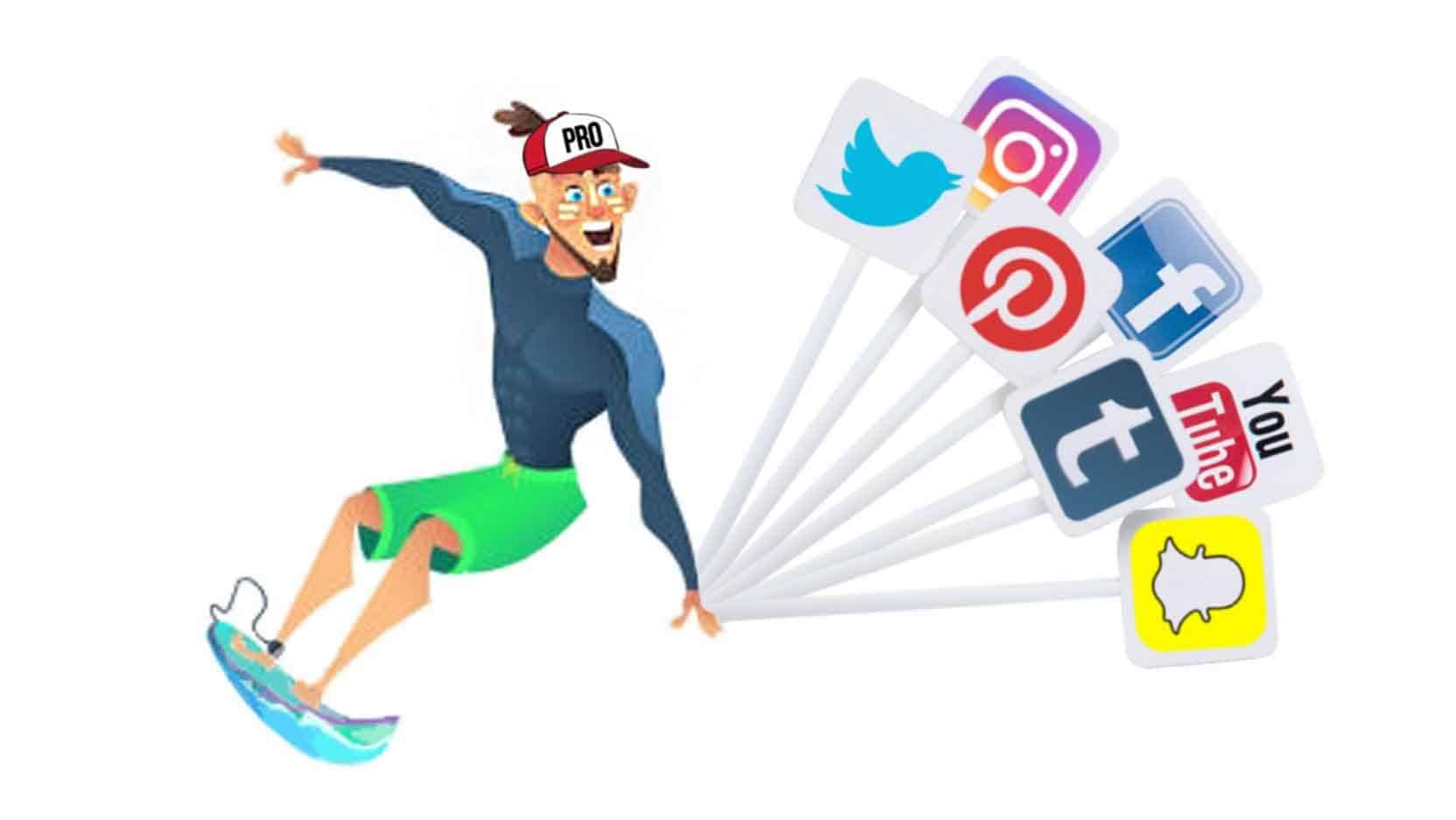
8) Be A Pro On Social Media
Social media has boomed in recent years for a way to advertise and is one of the best ways you could get sponsored. It’s great for self-promotion, telling people what you’re up to, your thoughts, uploading videos, pictures and generally sharing your day to day life. Making sure your social media profiles are full of interesting pictures of you surfing, clips of yesterdays surf session and sharing out your most recent YouTube videos of the winter highlights reel you have been creating for the last 5 months.
Social media helps to promote yourself as a surfer, but also the brand you want to be sponsored by. If you have a large following on Instagram or Facebook it’s going to be great for brand exposure. Posting our your best surf pictures or videos will help get more people looking at their products and if you’re working hard to promote them, they will see that and usually reward you with more spotlight and potentially free boards or even surf trips! But you have to be consistent, posting out regularly 2-3 times a week or every day if you can. Try and make sure you have a good quality of content too, vary your pictures, videos, or reviews to make it interesting. The better the content and more frequently you post, the more likely a sponsor is to find you and offer you potential deals.
But remember social media isn’t everything, having a few thousand followers doesn’t mean you automatically deserve a free board, it’s got to be the whole package, there are millions of people online now, what can you do to stand out?
- Post photos and pictures of you surfing.
- Promote regularly 2-3 times a week, or daily if possible.
- Make interesting videos about yourself, talk about boards and equipment – show your personality.
- Message businesses about setting up a partnership – what you can offer them in exchange for possible discounts.
9) Be Really Good At Surfing – (Or Have Great Potential)
If you’ve just finished your first surf lesson, really enjoyed it and think you’re ready to go pro… just hold your horses real quick. Companies want to promote their products in the best light possible, pro surfers have a real clean-cut look, they are usually in great physical shape, don’t smoke, are likeable and all have 1 thing in common… They rip!
Sponsors like Billabong, Quicksilver, Rip Curl and Hurley give the top 10 professional surfers hundreds of thousands, or even millions of dollars each year because they advertise their brand and products exceptionally well. They have massive exposure and following in the surf world from the brand’s target audience and potential customers.
If you start small you don’t need to be the worlds best surfer, but you should have a basic skill level depending on your age. You should be able to ride some good sized, unbroken waves, link a few turns together, stick a cutback or two, make some spray on your turns and even an air for good measure. This is probably the minimum skill level expected for short boarders unless you’re younger and you show great potential.
10) Be A Nice Person
It’s kind of funny how important just being a good human is when it comes to sponsorship, you can have all the talent in the world, put out the best surf clips, be shredding and boosting airs; but if your not a nice person and you’re difficult to work with, no company will want to deal with you, let alone sponsor you.
In today’s society the way you hold yourself, the way you speak to others, or treat people, your attitude and your comments online are all accountable. When you represent a company, your actions also represent them, if you are causing drama, talking trash, or have a bad attitude it will be really hard for you to make it.
Work on your social skills, if people like you, brands are more inclined to like you. Look at people like John John Florence and Julian Wilson, both have real likeable personalities and great attitudes!
What Now?
Remember being a pro surfer or being sponsored isn’t everything, ultimately we all just surfers, even the pros have to share the line up so there is no golden ticket, you still have to work for it.
If you don’t get a sponsor straight away don’t get disheartened, you didn’t start surfing to get sponsored, you probably started because you love surfing! Rejection gives you a chance to go away, refine your skills and come back a few months or years later and try again.
It’s all down to you. If you’re willing to do some of the steps we’ve mentioned we can almost guarantee, that over time you will start to get noticed and who knows even sponsored.
Related Posts
The Wipe Out That Nearly Killed Kelly Slater
How To Fix A Surfboard Ding
How To Repair A Surfboard Fast We have all been there… you're travelling through a far-off exotic country, you are just about to go out for a surf and the waves look great, but you find out you got a ding from your last session or you damage your board on the way...
5 Weird Superstitions Most Surfers Believe In
5 Weird Superstitions Most Surfers Believe In Superstitions can be a weird thing that might not have any real world or scientific evidence to back them up, but people still believe that walking under a ladder, or meeting a black cat in your path can give you bad luck,...
Why I Love Surfing In The UK !!
One of the best cinematic surf clips I think we have seen this year representing the UK surf scene If you a surfer in the UK you might know the hard grind of the winter swell freezing cold water and wind almost no sun and full length 5'4 wetsuits will all the...
WHY KELLY SLATER WENT VEGAN
The King Of Surfing Goes Vegan "Kelly Slater" Kelly Slater the 11-time world champ of surfing has always been known for eating pretty healthy, and if you watch any interview with him talking about food by god he knows a lot about health and nutrition. But more...
6 Reasons The Pea Shooter Is Our Ultimate Fun Board
6 Reasons The Pea Shooter Is Our Ultimate Fun Board The Peashooter is one of our most fun boards to surf its got so much potential in any conditions and can be especially fun for a beginner to intermediate surfer. Here are our 6 top reasons the pea shooter is our...


